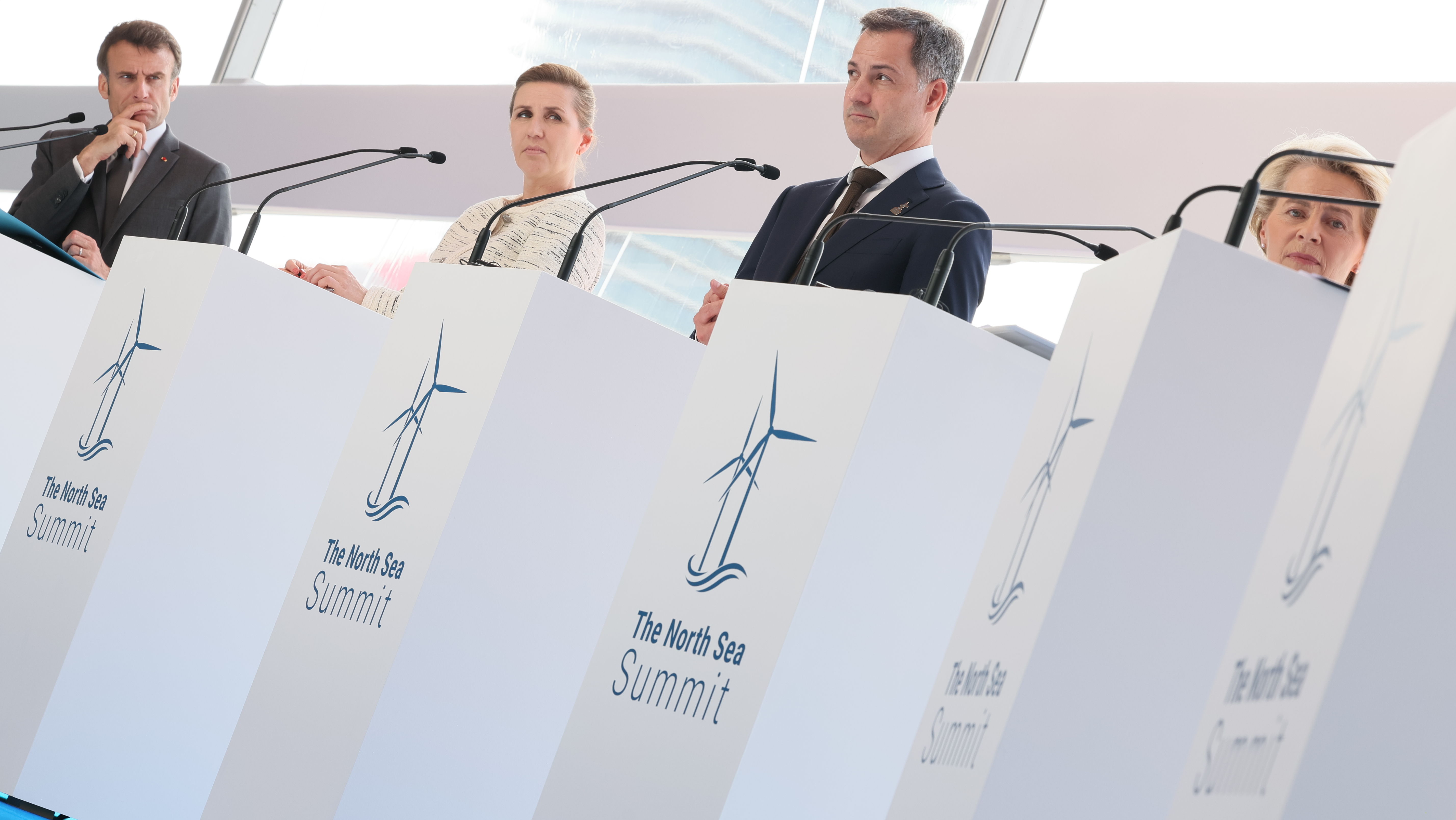A pioneer in wind energy, Belgium is a key player in building Europe's largest green power plant

The North Sea is set to become Europe's largest green power plant in the coming years. At least, that is the ambition of Belgium and the other countries surrounding the sea. Meanwhile, the country is doing all it can to maintain its pioneering role in offshore wind energy by investing in infrastructure and partnerships.
In 2022, Belgium, Denmark, the Netherlands and Germany signed the Esbjerg Declaration with the ambition to make the North Sea the green energy powerhouse of Europe. By 2030, the target is 65 gigawatts (GW) of capacity. By 2050, this should more than double to 150 GW. This is more than half of what the EU needs to become climate neutral.
Cross-border cooperation
The declaration also calls for cross-border cooperation to connect and maximise the capacity of the first energy island and a plan to establish a further energy island or hub in the North Sea. Promoters also want to speed up national and EU authorisation procedures and secure more EU funding for offshore wind projects to reduce investor risks.
In line with these cross-border plans, Denmark and Belgium have signed an agreement on selling Danish shares in renewable energy to Belgium. The agreement confirms the construction of a hybrid interconnector in the North Sea from Belgium to the energy island in 2033. Meanwhile, Belgium continues to develop its infrastructure in the North Sea.
Increasing efforts
Since Belgium installed its first offshore wind farm in 2009, it has been at the forefront of international developments. With the arrival of the new Princess Elisabeth Park, the number of wind turbines in the Belgian part of the North Sea will increase even further in the coming years, contributing an additional 3.5 GW of electricity.
A recent study by network operator Elia highlighted the need to expand the energy supply. According to the report, annual electricity consumption in Belgium will be more than 50 per cent higher in 10 years than it is today, given the increasing electrification of society. Further development of offshore wind farms and connections to the UK and Denmark mustn't be delayed. If development is delayed, there could be a shortage of electricity.
Environmental protection
To produce green energy from wind turbines in the most environmentally friendly way in the coming decades, scientists from 11 European institutes, including the Flemish Institute for Agriculture, Fisheries and Food Research (ILVO), the University of Antwerp and the Royal Belgian Institute of Natural Sciences, will be mapping potential chemical emissions in and around wind farms over the next four years. They will study the areas and identify potential risks and solutions as part of the new Interreg North Sea project Anemoi.
Both the offshore wind sector and policy makers are closely involved in the project. Different regulations are in place at national and European levels to combat chemical pollution from wind farms. Based on the results of the Anemoi project, a unified regulatory framework for the North Sea region is envisaged.
As the world's population grows and coastal economic activity increases, the North Sea has become one of the busiest fishing and shipping areas in the world. This summer Belga explores the sea through transport, wind energy, water quality, biodiversity and archaeology. |
President of France Emmanuel Macron, prime minister of Denmark Mette Frederiksen, Belgian prime minister Alexander De Croo and European Commission president Ursula Von der Leyen at the second North Sea Summit in Ostend in April 2023 © BELGA PHOTO BENOIT DOPPAGNE